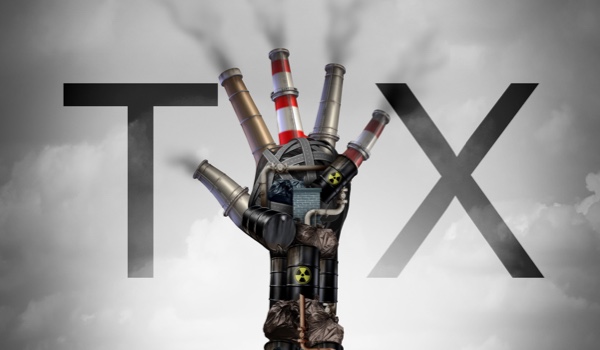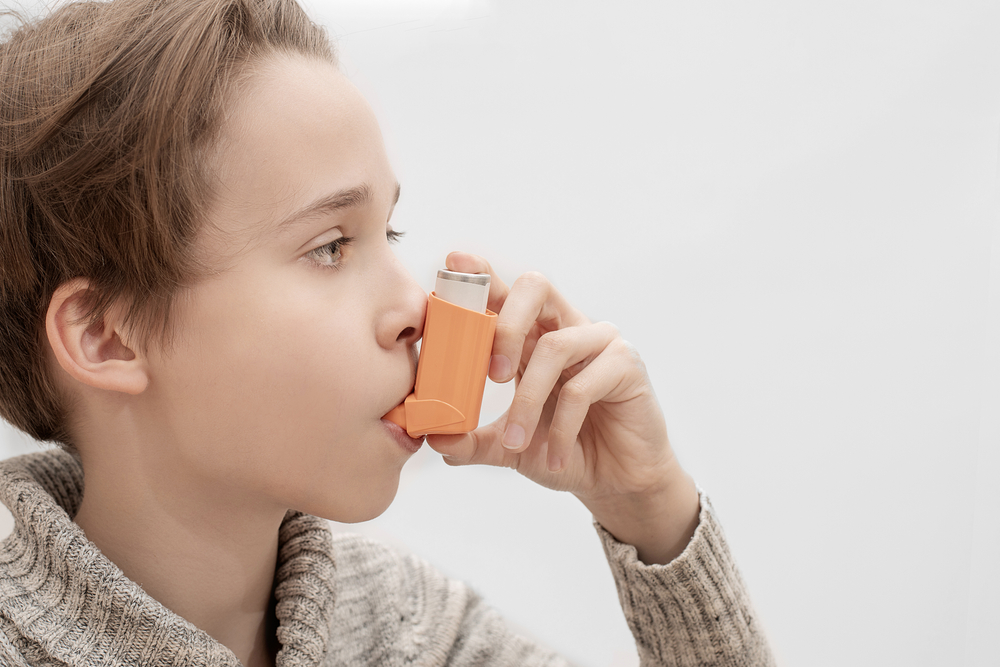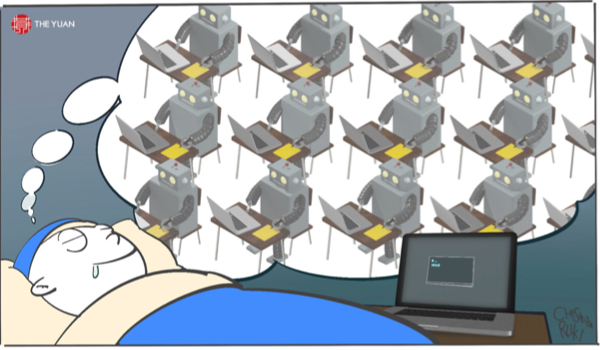


TORONTO - The pharma landscape is constantly evolving, with a dizzying array of new drugs and therapeutics - which are seemingly ever-increasing and ever-more complex - going on the market. With the innovation and advancement of the industry, concerns regarding drug safety arise with adverse events (AEs), commonly referred to as pharmacovigilance (PV). Patient harm caused by inadequate drug safety measures is the 14th leading contributor to the global disease burden - an impact comparable to diseases such as tuberculosis and malaria.
With this rise in the volume of reported AEs, there is increased pressure on PV and drug safety professionals to evaluate data accurately and efficiently. Therefore, it is essential to implement new technologies to reduce the workload on these professionals - failing to do so would make it impossible to ensure the precise and systematic evaluation of the data on hand.
Fortunately, while there have been great advancements in the pharma industry, corresponding advancements in the tech sector have so far mostly managed to keep pace. To provide adequate collection and interpretation of this high volume of data, artificial intelligence (AI) is now an integral part of everything the pharma industry does. More specifically, the PV industry - which will be defined in the next section - recognizes the need to support the increasing amount of data received from individual case safety reports. To cope with this increase, ever more qualified healthcare professionals are required to capture and evaluate all this extra data - a tall order, given the worldwide shortage of such practitioners.
To address the evolving landscape, assistive technologies like AI must expand beyond just a few interesting case studies - they must be widely adopted at scale. AI in the field of PV promises to transform the daily work of drug safety professionals as well as their long-term career prospects.
 Continue with Linkedin
Continue with Linkedin
 Continue with Google
Continue with Google










 1034 views
1034 views







